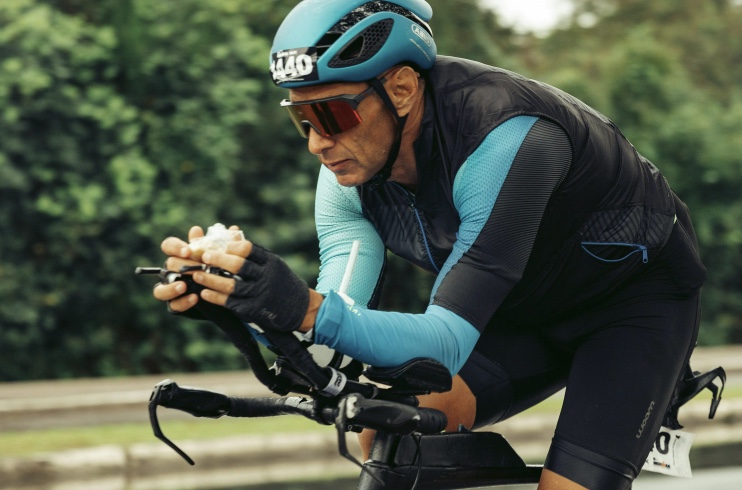5 Essential Processes to Learn to Produce Cycling Clothing and Apparel

What if you get ready for a cycling event and your custom-made gear does not quite fit or work the way you thought it would? The quality of your cycling clothes can have a big effect on how comfortable you are and how well you do on the bike.
To make excellent cycling clothes and gear, you need to plan out a process that goes beyond just designing them. This blog will guide you through the five crucial processes to learn for creating cycling clothing and apparel that stands out in both function and style.
1. Understand the Market and Design Trends
To produce cycling clothing and apparel, start by understanding the market and current design trends. Research what cyclists are looking for in their gear, and identify popular styles and features.
Look at existing brands and analyze their products to see what works well and what could be improved. Understanding the needs of different types of cyclists—whether they are road racers, mountain bikers, or casual riders—will help you design apparel that meets their specific requirements.
2. Learn About Fabric and Material Selection
The right materials are crucial for cycling clothing because they need to be durable, breathable, and moisture-wicking. Research different types of fabrics used in cycling apparel, such as Lycra, polyester, and merino wool.
Each material has its benefits, like stretchability, comfort, and insulation. Understand how different fabrics perform in various weather conditions and how they affect the clothing’s comfort and functionality.
Knowing which materials are best for different cycling conditions will help you choose the right fabrics for your designs.
3. Master Clothing Design and Pattern Making
Learn how to create patterns that fit well and are comfortable for cyclists. Start by drawing basic designs and then develop detailed patterns that include measurements for different body sizes.
Pay attention to how the clothing fits on the body, ensuring it provides freedom of movement and reduces drag. You may want to use software tools or work with a professional designer to refine your patterns. Good design and accurate patterns are key to creating high-quality, functional cycling apparel.
4. Understand Production Techniques and Processes
Learn about the different methods used to assemble clothing, such as sewing, welding, or bonding. Examine the methods used to finish and inspect garments for quality. Familiarize yourself with the steps in the production process, from cutting fabric to sewing seams and adding zippers or pockets.
Knowing these techniques will help you manage production efficiently and ensure that your final products meet quality standards.
5. Select and Work with Suppliers and Manufacturers
For manufacturing, look for companies with experience in producing cycling clothing and check their reputation and quality standards. Communicate clearly about your design requirements and production timelines.
Building a good relationship with your suppliers and manufacturers is important for ensuring that your products are made to your specifications and delivered on time. Regularly monitor the production process to ensure everything is going smoothly.
Start Your Journey in Producing Cycling Clothing
With dedication and attention to detail, you’ll be well on your way to producing high-quality cycling clothing that resonates with your target audience. Begin your journey today and make your mark in the cycling apparel industry.










